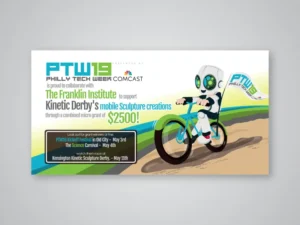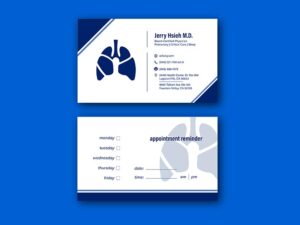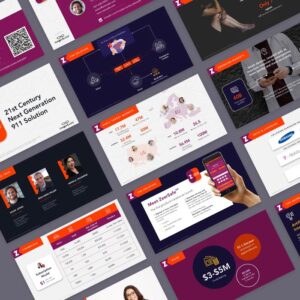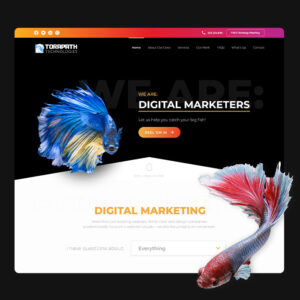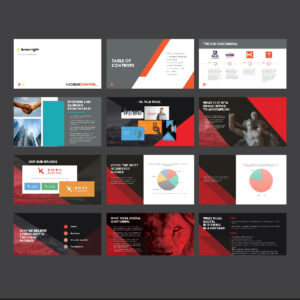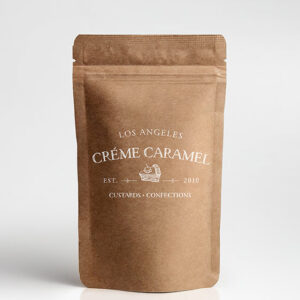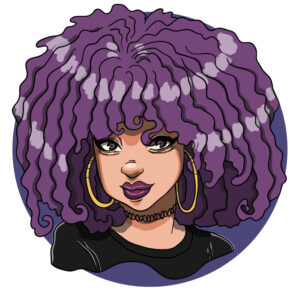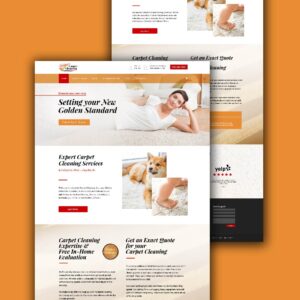
ChatGPT said:
Businesses have long discovered the immense power of social media to boost their online presence, and today, platforms like Instagram, Facebook, LinkedIn, and X (formerly Twitter) are essential tools for building brand awareness, connecting with customers, and driving sales. In such a crowded digital space, standing out is more challenging than ever, and that’s where strong graphic design makes all the difference.
Well-designed visuals not only grab attention and stop the scroll but also help communicate your message clearly, reflect your brand identity, and create a consistent, professional look across your content. With so many brands competing for eyeballs, mastering the art of social media graphics is key to making your business memorable. So, to drown out all the online noise, you need to learn a few new tricks when designing graphics for social media. Here are our ten tips and tricks you must try today.
1. Incorporate Interactive Elements
A more engaging way to design social media graphics is to use interactive elements. These encourage your followers and prospects to interact with your content. Additionally, it is good for fostering a sense of community and driving conversions. You can incorporate any or all of the following:
- Quizzes: You can test their knowledge with a bit of fun trivia. These can be great in entertaining or educating your followers while boosting your brand persona.
- Polls: You can ask questions and let your followers vote. These are excellent ways to gather feedback, start discussions, or create a sense of participation.
- Interactive Stickers: Lastly, many social media platforms, such as Instagram Stories, offer interactive stickers to add to your graphics. These stickers can include polls, quizzes, games, or other interactive features encouraging engagement.
2. Use Augmented Reality
Make social media more fun and exciting with augmented reality (AR) filters. AR is the type of technology that overlays digital elements in the real world through a camera. This creates a blended reality experience that can provide immersive experiences for your followers.
Moreover, AR filters help increase your brand’s visibility, enhance user engagement, improve brand recall, and offer the potential for your post to go viral. Ensure that the filters you use align with your brand to pique the interest of your audience. Keep them simple, and make sure they’re fun and shareable.
3. Add Hand-Drawn Illustrations
While technology such as AI and virtual reality are taking the online world by storm these days, they can never replace the beauty of hand-drawn illustrations. These are excellent ways to make your brand stand out from the crowd and post memorable and visually appealing content.
Plus, when done right, they can be uniquely yours, which makes them perfect for differentiation. To incorporate hand-drawn illustrations, craft relevant ones for your brand. Invest in high-quality illustrations to give them a professional look. You can find talented custom illustrators at Penji; click here to learn more.
4. Integrate 3D Graphics
For a more dynamic and immersive social media experience, you can add 3D graphics. They are visually stunning and can grab attention and drive engagement. Not only that, but they can also make for visually striking and memorable content.
With that in mind, make sure you use 3D graphics relevant to your message or brand. Explore your options and experiment with various styles and techniques. If you’re unsure where to get quality 3D graphics, you can always work with Penji.
5. Add Cinemagraphs
A cinematograph is a static image with one part featuring subtle and looping motion. When you add cinemagraphs to your social media content, you add dynamism and intrigue. These are great for engagement, memorability, brand differentiation, and visual interest.
That said, the key to crafting a successful cinemagraph is a subtle motion. It enhances the overall image without distracting from the main point. Additionally, you can use several tools, such as Flixel, Adobe Photoshop, or Plotaverse, to create cinemagraphs.
6. Use Data Visualization
If you have complex products to offer, you can use data visualization for your social media platforms. This involves transforming complicated information into visual elements. Some examples are charts, maps, graphs, and infographics, to make it easier to understand.
Furthermore, data visualization affords clarity, encourages engagement, and provides valuable insights. It is also more likely to be shared on social media. It is an excellent tool for crafting more informative and engaging posts that help connect you with your audience and followers.
7. Add Personalized Content
Connecting with your audience on a deeper level is an excellent way to gain their trust and loyalty. And social media is a great platform for this. Personalize your social media designs for better engagement, relevance, conversion, and brand loyalty.
You can do this through customized greeting cards, avatars, and product recommendations. Remember to keep them simple, use high-quality images, and avoid too much text and imagery.
8. Incorporate Micro-Animations
Micro-animations are small animations that add a touch of dynamism and visual appeal to your social media designs. It can draw attention to your content’s key elements, improve user engagement, and provide a more interactive experience.
A good use for it is when you want to introduce a new product. You can add a micro-animation to your social media post to make it appear floating or spinning lightly. This grabs attention and makes it more visually appealing.
9. Use Voice-Activated Features
Offering a unique way to engage your audience, voice-activated features on social media are a must-try strategy. They enhance user experience and improve accessibility, especially for those with disabilities or difficulty typing. Also, they enable you to deliver personalized content based on user preference and behavior.
Facebook, X, and Instagram all introduced voice-activated features. In addition, Facebook’s Messenger lets you send voice messages and make voice calls. On the other hand, X integrated voice tweets that allow users to record and share audio snippets. Instagram also has voice-activated captions for its Stories. Explore them and find one that you can use for your brand.
10. Create Eco-Friendly Designs
While being eco-friendly seems to be an endeavor that you can only do physically, it is also feasible to design sustainable graphics for social media designs. There are plenty of ways to reduce your digital footprint and contribute to a more sustainable future. Here are a few of these ways:
- Use smaller file size and format: Images in JPEG or WebP formats can lessen the amount of data transferred. This lowers energy consumption for both users and servers.
- Color palettes that are easy on the eyes: Choose colors that require less energy to display on screens. Incorporate earth tones and natural colors into your designs.
- Show your support for eco-friendly platforms: Choose social media platforms that prioritize sustainability and use eco-friendly practices. These include Instagram’s Reels and Pinterest’s Lens.
- Use eco-friendly fonts: These are designed to reduce the environmental impact of printing and digital display.
Conclusion
Strong social media graphics do more than look good—they grab attention, build brand consistency, and communicate your message clearly. By keeping your visuals on-brand, purposeful, and easy to recognize, you boost engagement and trust. Keep it simple, stay consistent, and design with your audience in mind.
Final Thoughts
Judging from this list of tips when designing graphics for social media, you’ll realize how complicated this task is. To get help crafting these designs, you can count on Penji. Click here to send a request for your first social media designs.
About the author

Celeste Zosimo
Celeste is a former traditional animator and now an SEO content writer specializing in graphic design and marketing topics. When she's not writing or ranking her articles, she's being bossed around by her cat and two dogs.
Table of Contents
- 1. Incorporate Interactive Elements
- 2. Use Augmented Reality
- 3. Add Hand-Drawn Illustrations
- 4. Integrate 3D Graphics
- 5. Add Cinemagraphs
- 6. Use Data Visualization
- 7. Add Personalized Content
- 8. Incorporate Micro-Animations
- 9. Use Voice-Activated Features
- 10. Create Eco-Friendly Designs
- Conclusion
- Final Thoughts










